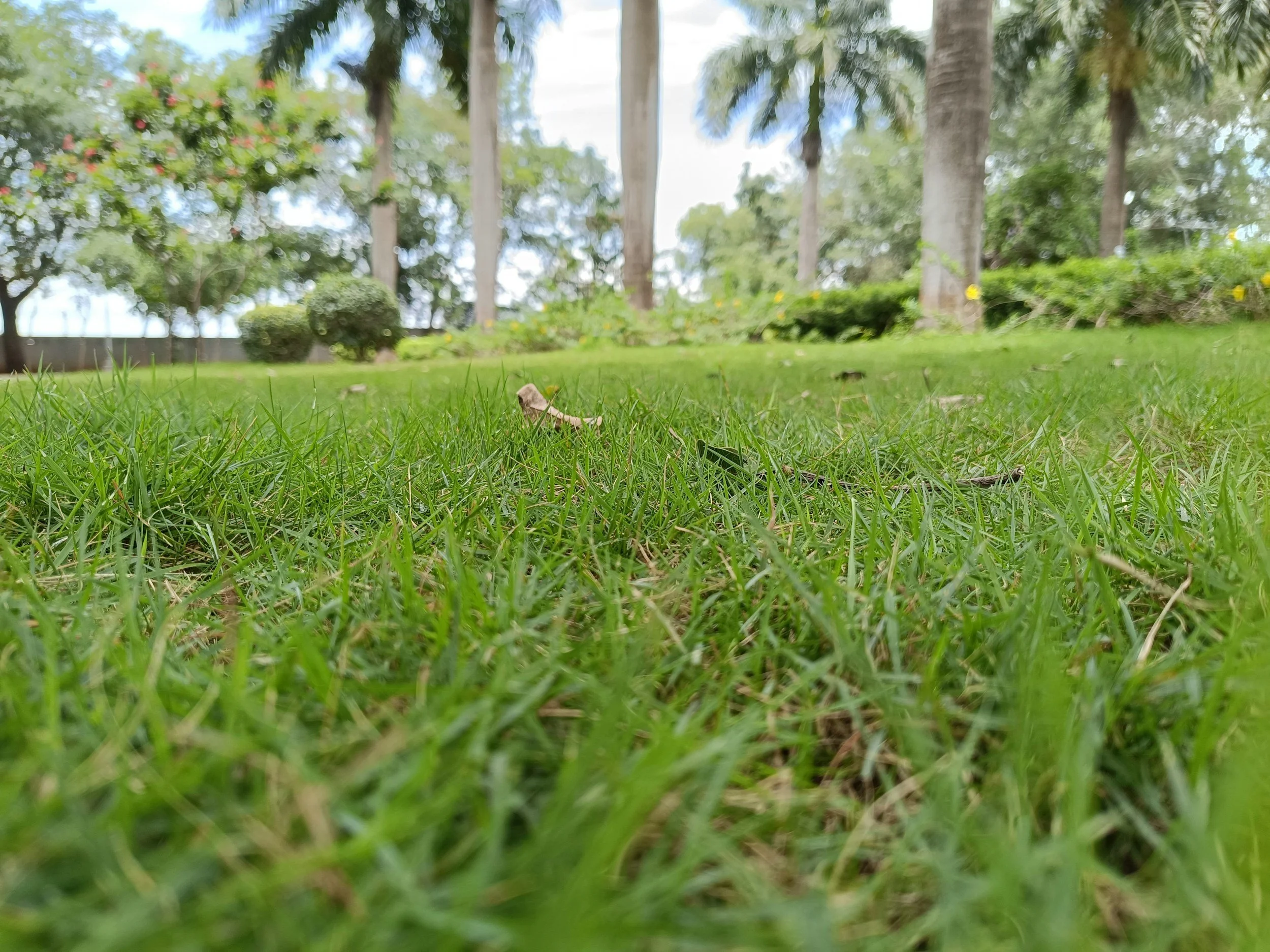How to Get Your Garden Winter-Ready (Using Green Waste to Support Wildlife)
Simple, sustainable steps to protect your plants — and the wildlife that keeps your garden thriving.
As the temperature drops and daylight shortens, it’s tempting to think your garden is finished for the year. But a little preparation in autumn can make all the difference come spring. Winter is when your garden rests — and the right care now helps it bounce back stronger, healthier and more wildlife-friendly.
Below are simple, sustainable ways to get your garden winter-ready, including how to reuse your own green waste to shelter insects and support local wildlife.
1. Protect Your Soil (Your Garden’s Winter Blanket)
Fresh mulch protecting soil from winter frost.
Bare soil suffers in winter. Heavy rain and frost can wash away nutrients and collapse soil structure.
Try:
✅ Adding woodchip, compost or leaf mould as mulch
✅ Spreading fallen leaves around borders
✅ Avoiding deep digging so worms can do the work naturally
This protects roots, maintains moisture, and feeds the soil all winter.
2. Make Use of Autumn Leaves
Leaf piles create valuable habitat for overwintering insects.
Instead of dumping leaves in the garden waste bin, let them work for you.
Create leaf piles for wildlife —
Small mammals, beetles, ladybirds and butterflies will all shelter in a simple leaf pile.
Make leaf mould —
Fill a breathable bag or bin with damp leaves.
Leave it for a year and you’ll have free, nutrient-rich soil conditioner.
Mulch beds and borders —
Leaves break down slowly, feeding soil and suppressing weeds.
3. Reuse Green Waste to Support Biodiversity
Logs and branches create micro-habitats for beetles and solitary bees.
You don’t need to remove all your garden waste. Some (or all) of it can become habitat.
✅ Log piles – perfect for beetles, hedgehogs and beneficial fungi
✅ Hollow stems – when cutting back perennials, leave 10–20cm for insects to shelter
✅ Brush piles – wrens and robins use them to hide from cold winds
This “messy corner” is one of the best gifts you can give your garden.
4. Look After Your Lawn
Autumn lawn care helps grass recover quickly in spring.
✅ Raise the mower height for the final cut
✅ Scarify or rake out moss
✅ Brush away leaves so the lawn can breathe
✅ Use a low-nitrogen autumn feed
Winter is also the perfect time to plan spring renovations or meadow patches.
5. Protect Pots and Containers
Grouping pots helps shield roots from frost and wind.
Pots freeze faster than the ground.
✅ Lift pots onto feet/bricks for drainage
✅ Group pots together for wind protection
✅ Wrap terracotta pots
✅ Bring tender plants into porches/sheds/close landings
6. Prune the Right Plants at the Right Time
Winter is ideal for pruning many trees and shrubs.
✅ Prune trees for shape and deadwood
✅ Cut back roses and hydrangeas
✅ Avoid pruning spring-flowering plants
If in doubt, take a picture and ask a gardener — pruning mistakes can mean fewer blooms next year.
7. Look After Your Tools
✅ Clean off mud and sap
✅ Sharpen blades
✅ Oil moving parts
✅ Store tools in a dry place
Winter tool care means better performance when spring arrives.
8. Help Wildlife Through the Cold Months
Seed heads left for winter provide natural food and shelter.
✅ Leave seed heads on plants
✅ Put out high-energy bird feed
✅ Keep one “wild corner” untouched until spring
✅ Provide water in frosty spells
Small acts of kindness keep your garden ecosystem healthy year-round.
Final Thoughts
Winter doesn’t have to be a dormant or lifeless season. By reusing green waste, protecting soil, and creating simple habitats, you support the wildlife that keeps your garden thriving — and set the stage for a vibrant spring.






